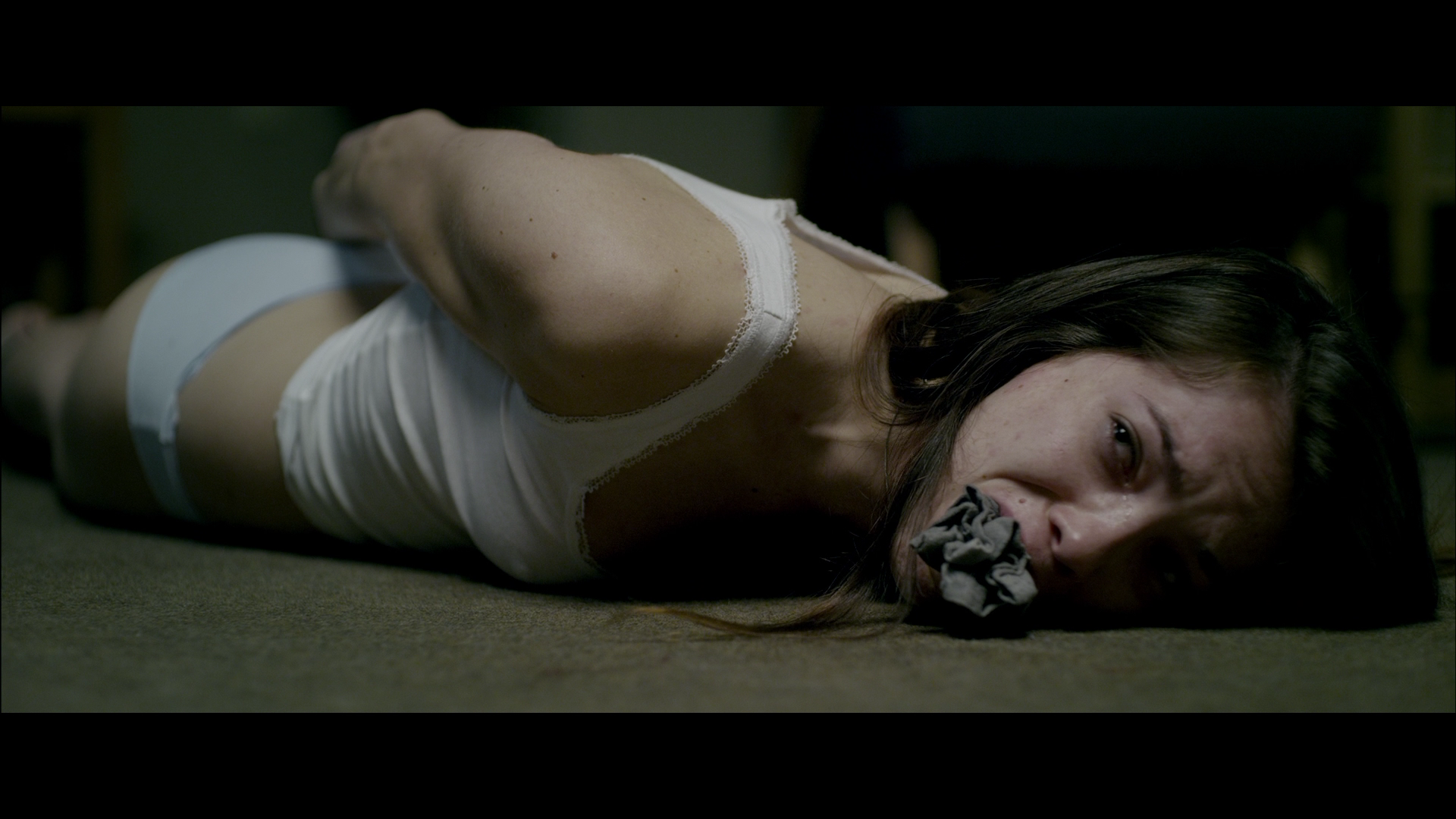

With its release came the attention of none other than Roger Ebert, the Chicago Sun Times critic who had often defended controversial films on the grounds of artistic merit. Whereas many of the titles listed by the DPP were older movies that had already been and gone through their theatrical releases, I Spit On Your Grave was just staggering off the starting line when the Video Nasties moral panic commenced. This particular title found itself in a whirlwind of media attention. Among these titles was Meir Zarchi’s Day of the Woman, a.k.a. It was with this in mind that, in the UK, the National Viewers’ and Listeners’ Association joined forces with the Director of Public Prosecutions and conservative mouthpiece Mary Whitehouse (who had vocally protested the boom of the pornography market in the 1970s) to compile a list of 72 films they deemed to be in violation of obscenity laws, and another 82 that could be legally confiscated. Such a labyrinthine network had evolved that often, filmmakers themselves weren’t sure where their work ended up and consequently struggled to get paid all they were entitled to. With video distribution companies popping up easily and frequently, authorities were engaged in an incessant game of Whack-a-Mole in their efforts to police what people could watch at home.

The 1980s presented wholly different issues. RELATED: Chad Lingberg Exclusive Interview THE CAPE and I SPIT ON YOUR GRAVE But at least during these times, if a movie caused outrage, it was essentially resigned to the annals of film history once its theatrical release was over. The ‘70s were marked by many takes on horror born out of political fear and intrigue, with the atrocities of the Vietnam War still fresh in the minds of pacifistic young filmmakers like Frances Ford Coppola and Wes Craven. So-called domestic horror was a growing niche, with movies like Roman Polanski’s Repulsion and Rosemary’s Baby welcoming viewers to a world where horror didn’t mean ghoulies and ghosties and long-leggedy-beasties. The horror genre had expanded greatly during the ‘60s and ‘70s, with interest in human-driven terrors becoming prevalent. This is not to say that up until the 1980s, cinema had been a clean and inoffensive affair. Pictures like Halloween and Friday the 13th had incited a boom in violent horror movies that leaned more towards schlocky midnight entertainment for teenagers. At the same time, the slasher movie was in its prime. The fear was that home viewing would not afford the same kind of regulation that cinemas did, meaning that innocent children could have their minds warped by films that were graphic in violent and sexual ways. The advent of home video entertainment brought about a period of largely ungoverned film distribution, with lawmakers struggling to catch up with the slew of unrated movies that had already been put out.

Still feeling the hangover of obscenity charges leveled at the suddenly-mainstream porn industry during the 1970s, many media outlets and political groups were facing a new foe: the video nasty. The early ‘80s were a hotbed of moral panic.


 0 kommentar(er)
0 kommentar(er)
